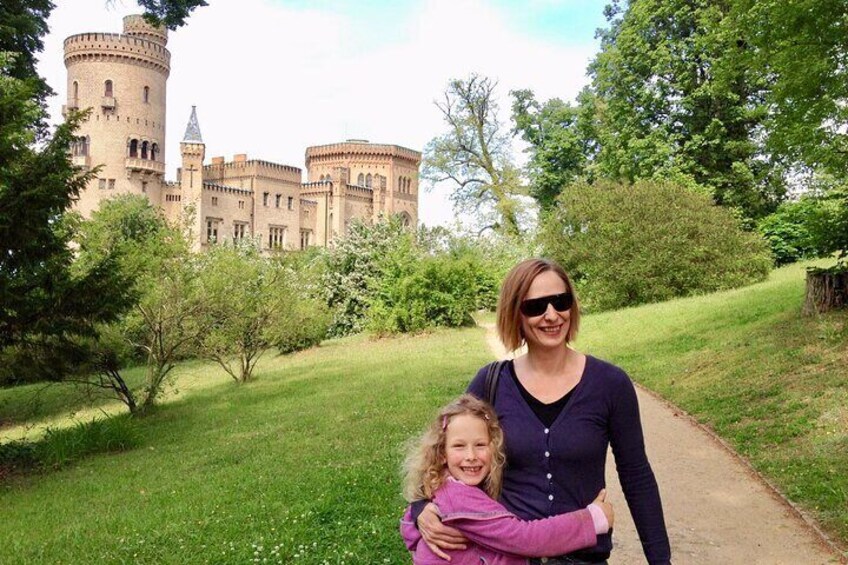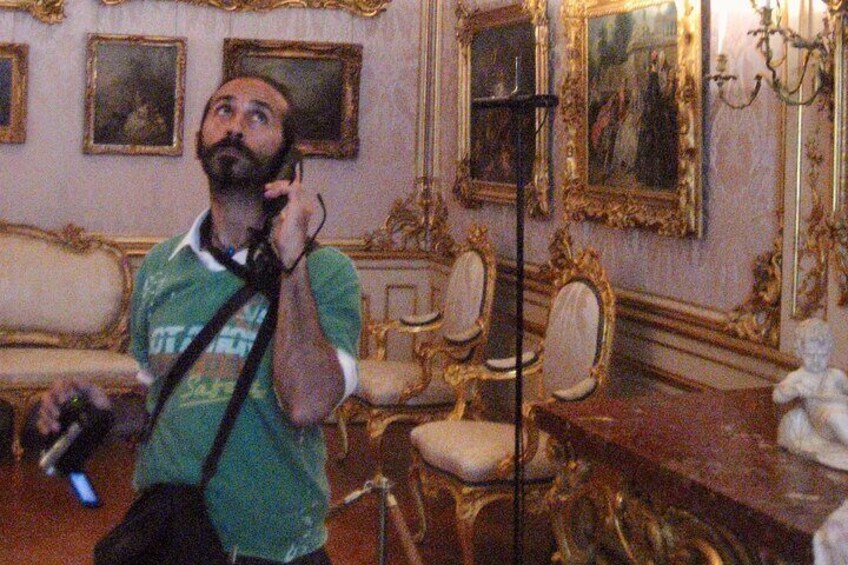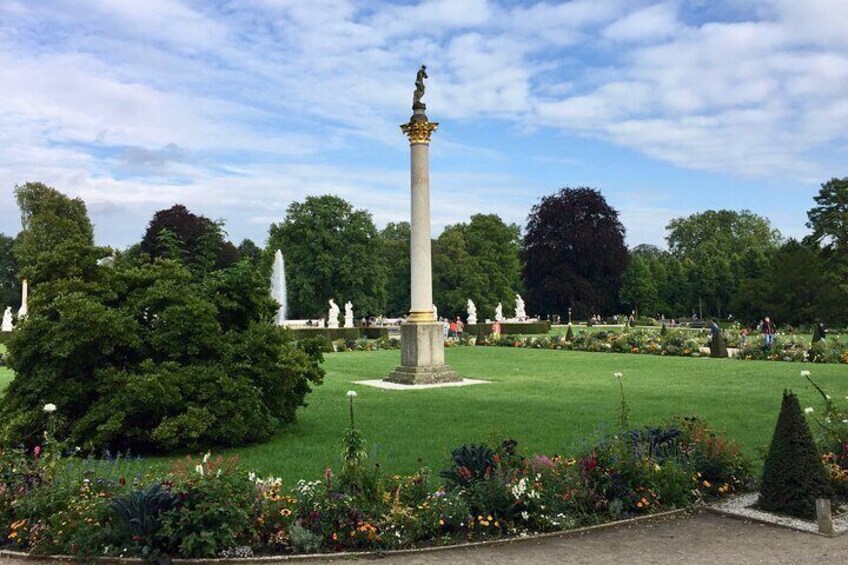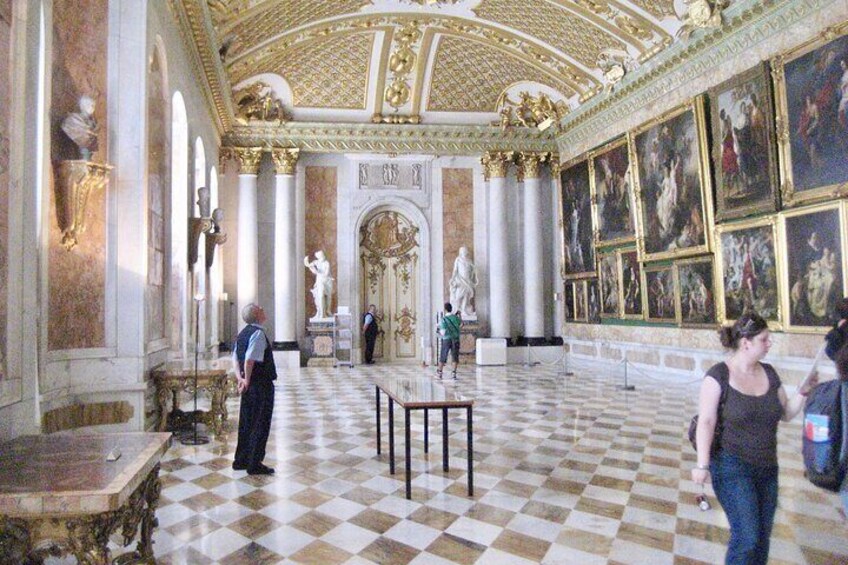




Private taxi tour to Potsdam and Sanssouci 6-8h
Features
Overview
Activity location
Meeting/Redemption Point
Check availability
EN Sanssouci without a visit
Pick up city: Pick-up is included within the S-Bahn ring. Outside or from the airport with an additional charge (Berlin taxi tariff)
taxi: Part of the flat rate is a taxi ride according to the tariff (7% VAT), the rest is a city tour fee (19% VAT).
Duration: 6 hours: The journey to Potsdam takes 45 minutes, depending on traffic and accessibility of the sights
SUV TAXI: Luxurious and spacious taxi with air conditioning and leather seats
Raised seating position at the rear for better visibility
Pickup included
EN Sanssouci without Palace Visit
City pickup included: Collection within the S-Bahn ring included. Outside or from the airport with surcharge (Berlin taxi tariff)
taxi: Part of the flat rate is a taxi ride according to the tariff (7% VAT), the rest is a city tour fee (19% VAT).
Duration: 6 hours: The journey to Potsdam takes 45 minutes, depending on traffic and accessibility of the sights
SUV taxi: luxurious and spacious taxi with AC and leather seats
Raised seating position at the rear for better visibility
Pickup included
DE Sanssouci+castle tour.
Visit to Sanssouci Palace: Entrance tickets for the castle included. Please enquire about others (package New Palace, Chinese House, Charlottenhof Palace, etc.).
taxi: Part of the flat rate is a taxi ride according to the tariff (7% VAT), the rest is a city tour fee (19% VAT).
Duration: 7 hours: The journey to Potsdam takes 45 minutes, depending on traffic and accessibility of the sights
Pickup included
English Sanssouci + Palace Visit
Visit to Sanssouci Palace: Please enquire for a ticket with audio guide included for more visits (package New Palace, Chinese House, Charlottenhof, etc.).
taxi: Part of the flat rate is a taxi ride according to the tariff (7% VAT), the rest is a city tour fee (19% VAT).
Duration: 7 hours: The journey to Potsdam takes 45 minutes, depending on traffic and accessibility of the sights
Pickup included
What's included, what's not
Know before you book
- Specialised infant seats are available
- Service animals allowed
- Public transport options are available nearby
- Infants and small children can ride in a pram or stroller
- Suitable for all physical fitness levels
- Transport options are wheelchair accessible
- Wheelchair accessible
- Baby car seat (MaxiCosy) available on request
- Stroller: The cradle must be removable and the frame foldable. Calculate reduced space for additional suitcases!
- Wheelchair-accessible means: The guest can slide onto a seat in the car with help (middle to high seating position). The foldable wheelchair can be transported in the rear. Attention, note the luggage restrictions on welcome/farewell tours (only 3 medium-sized suitcases plus a foldable wheelchair possible)
- Companion animals: using dogs as an example: up to medium-sized dogs can lie on the floor in the rear, large ones only in the back (caution, then no luggage possible there because of the risk of accidents). According to the Taxi Act, seating areas are taboo for animals unless they are in a suitable transport box (e.g. cats).